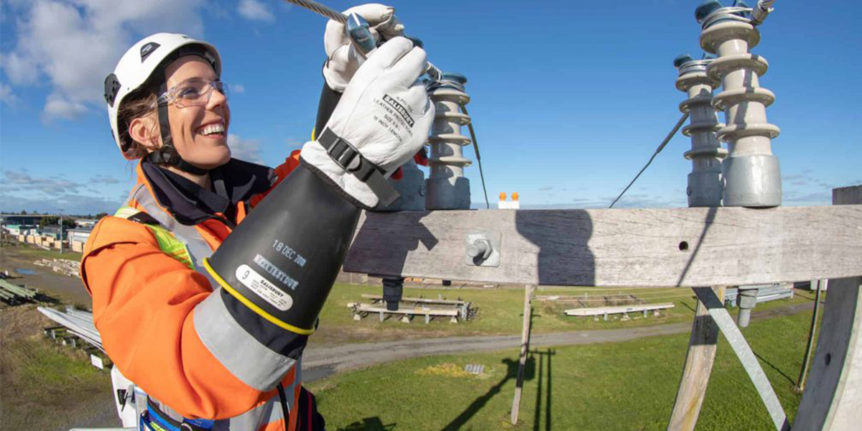by: Kaarin Gaukrodger, Divisional Director Connexis
Linkedin article: 24 Feb 2022
https://www.linkedin.com/company/connexisnz
Creative, practical solutions to address the growing workforce skills gap must be front-of-mind for businesses as they plan where to focus their resources for 2022 and into 2023.
While there remains uncertainty around the impact COVID isolation requirements on business continuity for many in infrastructure industries, we must focus on ongoing investment in a skilled domestic labour force to future-proof the sector. That means investing in training that provides clear pathways into the industry and supporting staff to grow their skills as they step up into supervisory roles.
Effective work-based learning offers employees a secure career path and opportunities for growth, while delivering employers a skilled, productive and loyal workforce.
As a division of Te Pūkenga Work Based Learning (WBL), Connexis will this year look for opportunities to close the skills gap by building partnerships, across our wider Te Pūkenga network, that will increase training options and accessibility to both employers and learners.
The energy example
Over the past two years, as part of the COVID workforce recovery fund, Connexis has worked with our partner industries – civil, energy, telecommunications and water – to find the key initiatives that will build a more sustainable workforce.
The first of these workforce development strategies, released on 8 February, for the Electricity Supply Industry (ESI) is Re-Energise – Ngā Mahi A Māui. The report is a deep dive into the ESI in Aotearoa New Zealand looking at the talent shortage in the context of rising electricity demand, carbon emissions targets and a very competitive recruitment market.
- If you are interested in hearing more about this mahi join the interactive webinar on Thursday 3 March, sharing the insights from the empathy research in the Re-Energise – Ngā Mahi A Māui report. FIND OUT MORE AND REGISTER 👉 https://lnkd.in/gBXQPP4r
- To read the full Re-energise – Ngā Mahi a Māui report visit: https://waihanga.nz/latest-news/re-energise-nga-mahi-a-maui-webinar-1-the-scale-of-the-challenge/
It has identified four strategic goals – which include designing intuitive career pathways that help employees see a future for themselves in the industry, and building a resilient workforce able to gain the required levels of competency more quickly and cost effectively. It also identifies Māori, women and Gen Z job seekers as key to filling skills gaps.
The Re-Energise report involved surveying 70 industry insiders such as employees, trainers, and leaders as well as young people considering careers – and a significant proportion of Māori.
The lessons for infrastructure
What the ESI research revealed is the need for the sector to unite to develop a complete, accurate picture of the workforce. Without that alignment it is much harder to deliver the right training products and services that ensure trainees have the skills that employers – and the industry – need.
It’s a key finding other infrastructure sectors such as civil, telecommunications and water can learn from.
A similar workforce report for Three Waters is imminent, while Civil Contractors New Zealand (CCNZ) have also undertaken an industry wide stocktake on key workforce issues with a focus on entry points into the industry.
Connexis will this year continue its partnership with CCNZ to increase the uptake of the Civil Trades Certification regime which is a crucial example of how structured training is helping develop professionalism, skills consistency and career paths within a workforce.
Looking ahead
As the realities of an ageing infrastructure workforce make themselves felt across the sector with years of expertise retiring, there is still plenty of cause for optimism.
We’ve heard from some of our employer customers, they’re finding their senior staff now feel comfortable retiring because of the skills and competency they see in younger staff coming through.
That is a huge validation of the importance of fit-for-purpose and on-going work based learning.
In our work with different sectors, we see a new commitment to change and collaboration to meet the challenge of skills shortages. The launch of Te Pūkenga Work Based Learning is itself an embodiment of that changing attitude.
There is much to be done, but with some key pieces moving into place, 2022 should see a renewed focus on developing the tools that will fix gaps in the skills pipeline.

